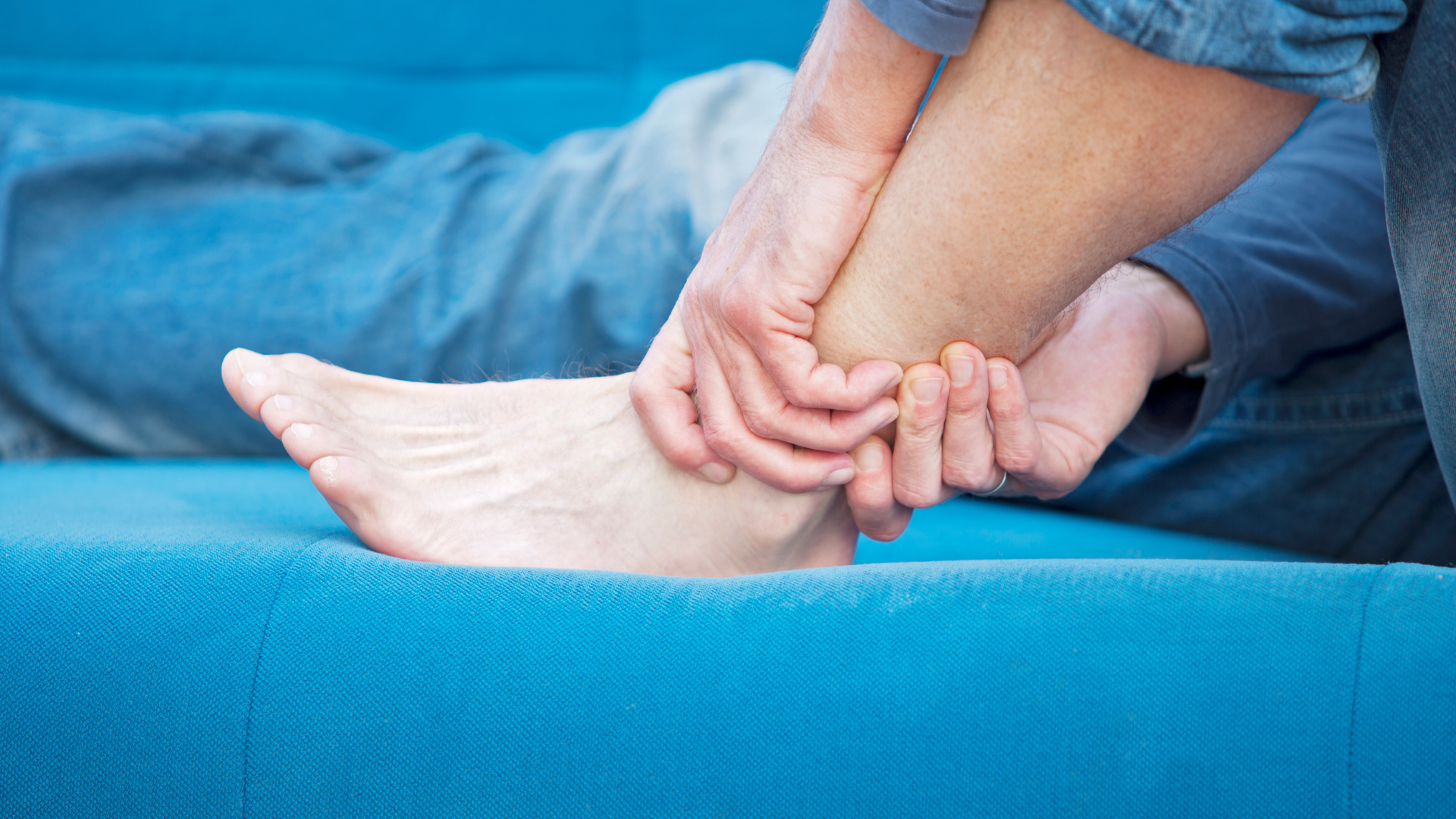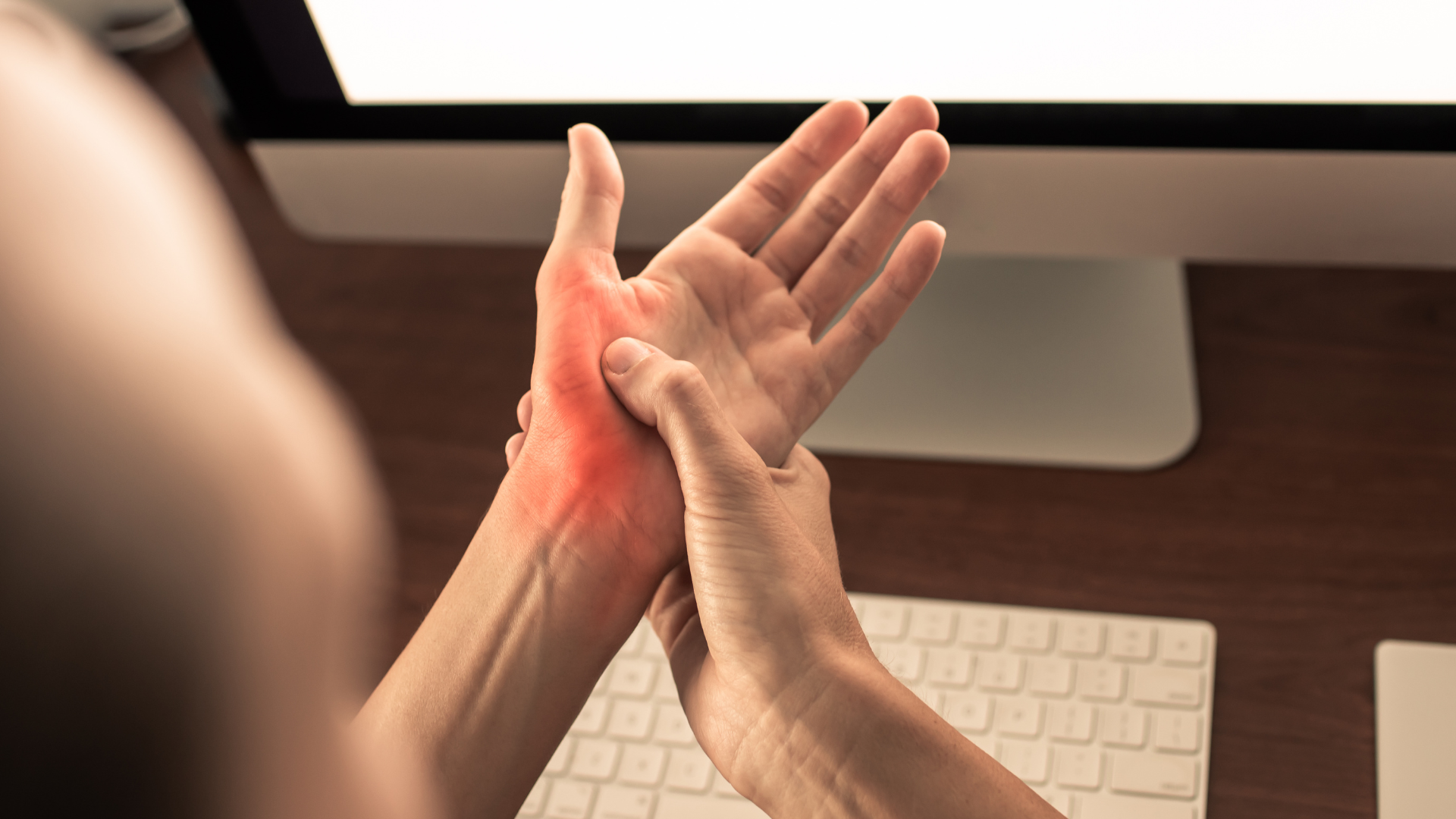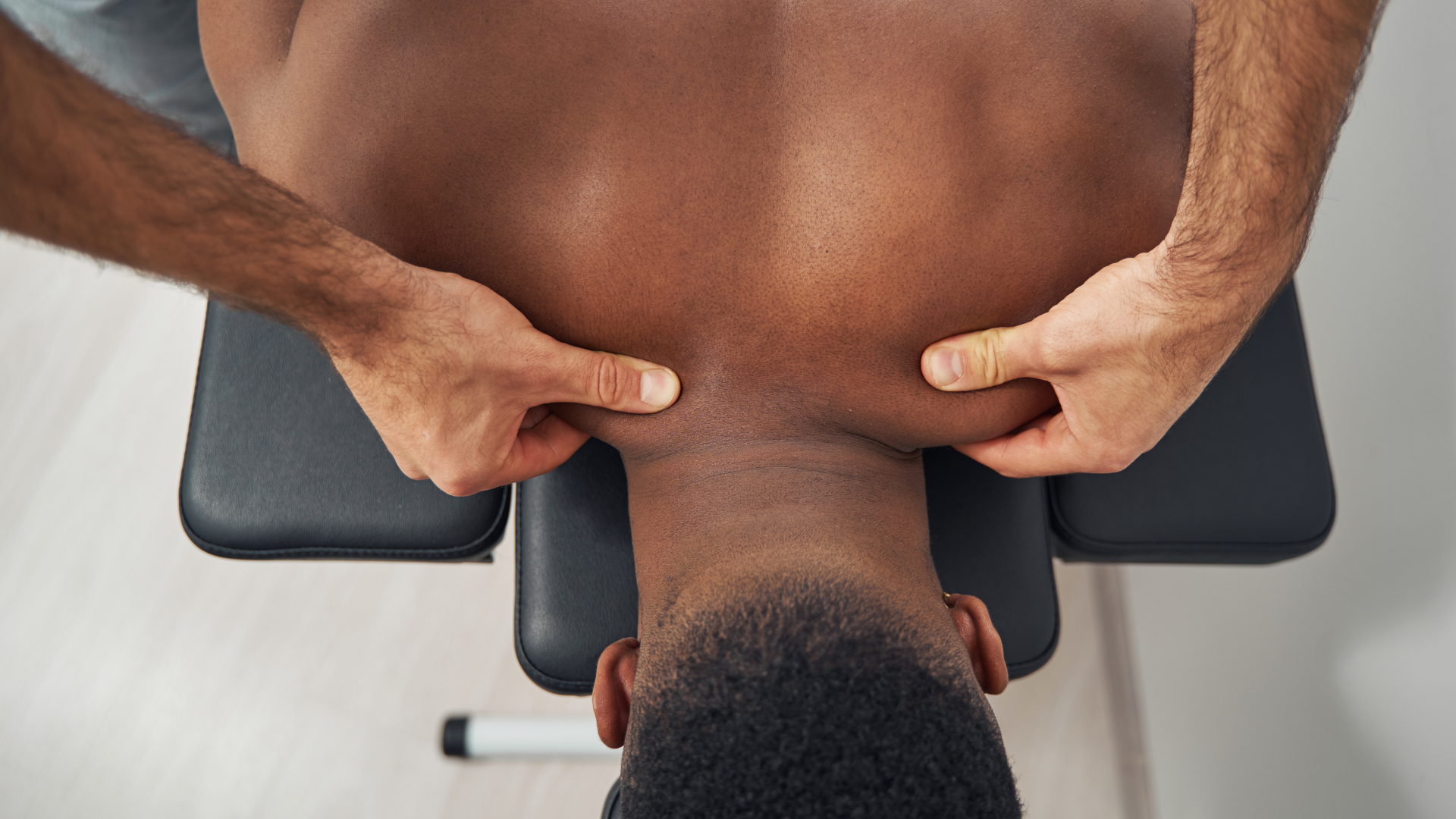Knee Pain Unveiled: Understanding, Treating, and Preventing Discomfort
If you find yourself reading this, it's likely you've experienced knee pain, perhaps due to a car accident, a gym injury, or the wear and tear of daily life. Rest assured, you're not alone. Let's take a look at what knee pain really is, how to treat it, and how to prevent it from affecting your life in the future.
Understanding Knee Pain
Understanding the source of your knee pain is the initial step toward finding relief. The knee, a complex joint shouldering your body's weight and facilitating movement, can be impacted by various factors. Common causes include injuries, strains, and conditions like arthritis, particularly relevant if you've been in a car accident or faced a gym-related mishap.
Types of Knee Pain
Acute injuries stemming from sudden impacts or twists can cause ligament tears or fractures, leading to immediate pain. Overuse injuries, resulting from repetitive activities such as running or jumping, may manifest as gradual pain over time. Arthritis is a common culprit for chronic knee pain, inflaming the joint and making movement uncomfortable.
Symptoms to Look Out For
Swelling, stiffness, and unusual sounds during movement are indicators of potential issues within the joint that should not be ignored.
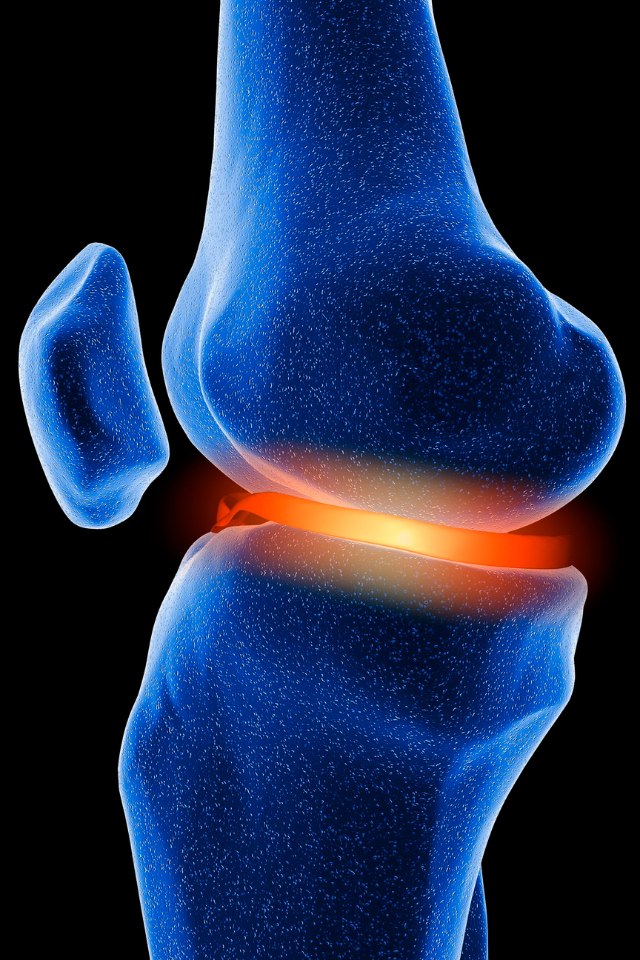
Treating Knee Pain
Now that you have a better grasp of what might be causing your knee pain, let's explore some effective ways to alleviate that discomfort.
- Rest and Ice: Give your knee a break by avoiding activities that exacerbate the pain, allowing your body to heal. Applying ice to the affected area for 15-20 minutes every few hours can effectively reduce inflammation.
- Compression and Elevation: A compression bandage can minimize swelling and provide support. Elevating your leg to heart level when resting can further reduce swelling
- Physical Therapy: Engage in strengthening exercises that target the muscles around the knee to provide stability. Additionally, incorporating range of motion exercises can improve flexibility and reduce stiffness.
- Pain Management Techniques: In addition to the aforementioned strategies, explore various pain management techniques. This may involve mindful practices such as meditation or gentle yoga, which not only contribute to physical well-being but also alleviate stress, promoting an overall sense of comfort and recovery for your knees.
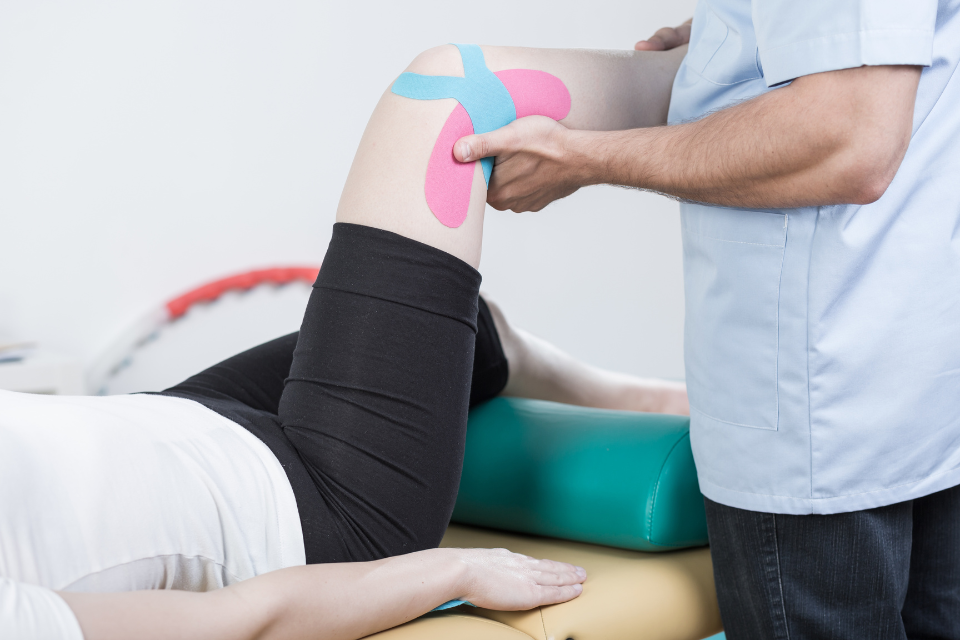
Preventing Future Knee Pain
To steer clear of knee pain, whether you've felt it before or want to sidestep it altogether, focus on prevention. Start with a proper warm-up before diving into exercise, do dynamic stretches. These get your blood flowing and boost flexibility. If you're kicking off a new workout routine, take it slow and steady. Gradual progress gives your knees the time they need to get used to the change.
Choose activities that are kind to your knees. Opt for low-impact exercises like swimming to build strength without stressing your knees. Cycling offers cardiovascular benefits with less impact on your knee joints, providing a gentler workout option.
And don't neglect your feet. Your choice of footwear plays a crucial role. Select shoes that provide solid support, especially during physical activities. If you're looking for an extra layer of comfort, consider slipping in orthotic inserts—they work wonders in enhancing foot and knee alignment. Your knees will thank you for the care, keeping you moving smoothly and comfortably.
Partner with Professionals for Lasting Knee Health
A healthcare professional can provide personalized insights, tailored exercises, and hands-on therapies to address your unique situation. Don't hesitate to consult with a specialist who can offer targeted solutions and support on your path to recovery. Request an appointment and take charge of your knee health, and let a professional guide you toward a future filled with strength, flexibility, and lasting relief.


